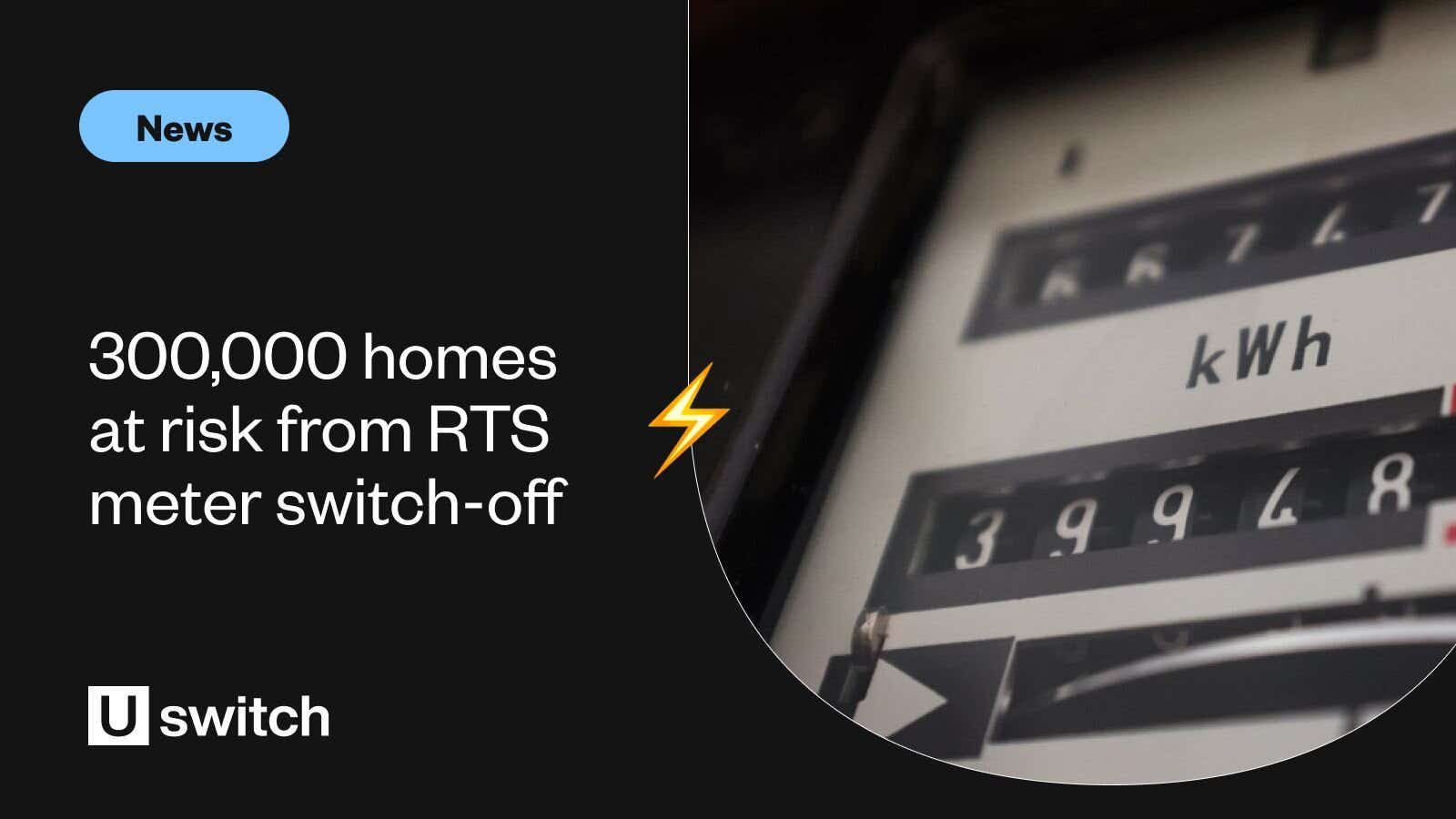Homes with meters that still use RTS could be left with electricity that can’t be turned on or off, but in many cases they’re waiting for suppliers to reach them in order to replace them with more modern meters.
RTS was introduced in the 1980s and is only now being retired because it can’t be properly maintained. It’s a multi-rate meter that enables customers to get cheaper night-time rates for their electricity when it’s used for heating and hot water. The RTS system is used to switch the meters between the daytime and night-time rates.
However, there is concern that suppliers are not moving quickly enough when it comes to replacing these meters, which could leave customers facing big bills with electricity that can’t be switched off, or without heating because it can’t be switched on. These customers will also be left with almost no tariff options if they want to switch because suppliers will stop offering them.
How do I know if I have an RTS meter?
If your supplier hasn’t already been in touch about the situation, you can see if you have an RTS meter by looking at your meter to see if it has a separate transmitter or teleswitch box next to it. There should be a label on it saying “Teleswitch or “Telemeter”. If you’re still unsure, you should be able to find more information on your supplier’s website.
I’m affected by the RTS switch-off - what can I do?
Your energy supplier should be in touch to arrange replacing your meter with a new, modern one. If you think you should be eligible for a meter upgrade, get in touch with your supplier for an update on their rollout. The process should be completely free of charge.
It’s worth noting that although the deadline for replacing the meters is 30 June, there won’t be a mass switch-off on that date that leaves everyone in limbo. Different areas and regions will be switched off between 1 July and 30 September, so you may not be immediately affected.
In terms of your tariff, you should be kept on the same one you’re currently on, or put onto a very similar one, so your rates and/or on-peak and off-peak hours should change very minimally.



